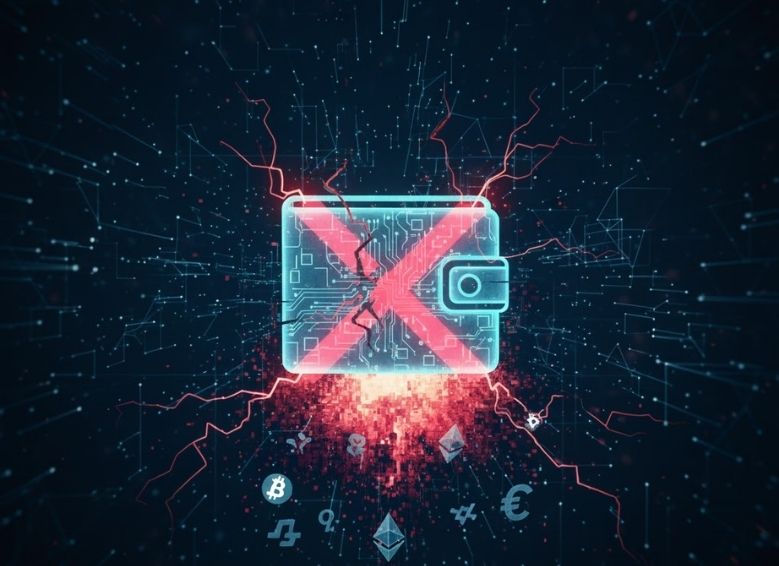Browser-based crypto wallet extensions have become essential for accessing decentralized applications and managing digital assets. Tools like MetaMask, Keplr, and Solflare allow users to sign transactions directly from their browsers. But with their convenience comes a serious attack surface. Malicious actors are increasingly exploiting the browser environment to launch wallet-draining campaigns and social engineering attacks.
In light of rising threats, some browser platforms are beginning to take action. A notable case involves Mozilla, which recently introduced a detection mechanism to catch harmful crypto-related browser extensions before they’re widely adopted. This reflects an emerging security paradigm, early detection, risk profiling, and human review.

While Mozilla’s layered defense system combining automated risk scoring, manual review, and swift takedowns marks a positive step toward protecting users from malicious crypto wallet extensions, it’s not enough on its own.
Browser-level intervention focuses primarily on what happens before or during extension installation, but it lacks visibility into how those wallets are actually used once active. Threat actors often evolve faster than review systems, using social engineering, transaction manipulation, or off-chain phishing to bypass these controls entirely. This is where Know Your Transaction (KYT) becomes essential. KYT adds a behavioral layer of real-time intelligence that browser tools cannot provide: tracking wallet activity, identifying anomalous interactions with high-risk dApps or mixers, and flagging suspicious patterns even after installation.
Without KYT, malicious behavior that originates inside “approved” extensions can go undetected. Combining proactive extension reviews with ongoing on-chain transaction monitoring is critical for full-spectrum protection across the wallet lifecycle.
A striking example that underscores the limitations of front-end review systems alone is the 2024 ScamSniffer report on fake wallet drainers targeting MetaMask users. Despite being downloaded from legitimate-looking sources, these malicious extensions bypassed browser-level checks and only revealed their true intent during transaction signing. In several cases, users were tricked into approving stealthy token approvals or blind signature requests actions that looked routine but ultimately transferred entire wallet balances to attacker-controlled addresses. One variant even mimicked MetaMask’s UI precisely, making detection nearly impossible without deep transactional analysis.

Such incidents highlight why real-time KYT monitoring is indispensable: it can detect red flags like abnormal approval patterns, risky contract interactions, or unusual geolocation-based activity, all of which are invisible to browser review processes. Without this dynamic visibility into wallet behavior, even well-intentioned defenses like Mozilla’s remain reactive and incomplete.
FAQ
1. How can users avoid fake wallet extensions?
Users should always download extensions from the official website or verified sources like the wallet provider’s GitHub or documented links. They should check developer credentials, user reviews, update frequency, and whether the extension is listed on reputable directories like Mozilla’s AMO or the Chrome Web Store. Browser warnings alone are not enough.
2.What makes crypto wallet extensions particularly vulnerable compared to mobile or hardware wallets?
Crypto wallet extensions operate in browser environments, which are more exposed to phishing scripts, malicious ads, and compromised websites. Unlike hardware wallets that isolate private keys, or mobile wallets with OS-level protections, browser wallets are more easily tricked into signing malicious transactions, especially if the extension UI is spoofed or manipulated.
3. What can regulators or compliance teams do to address the growing threat from malicious wallet extensions?
Regulators and compliance professionals can encourage integration between extension marketplaces and blockchain KYT systems. They can also push for mandatory developer verification, post-deployment audits, and the sharing of threat intelligence across platforms.
All research content and accompanying reports are provided for informational purposes only and should not be relied upon as professional advice. Accessing these materials does not create any professional relationship or duty of care. Readers are encouraged to consult appropriately qualified professionals for guidance. We uphold the highest standards of accuracy in all the information we provide. For any questions or feedback, please contact us at contact@nominis.io.



.png)


